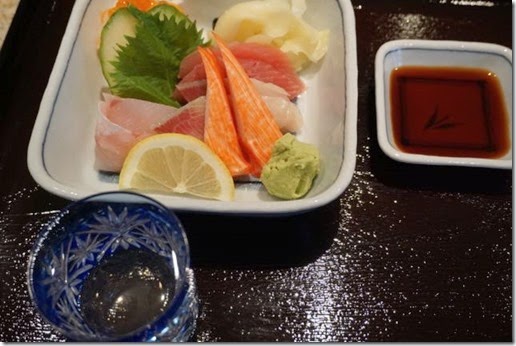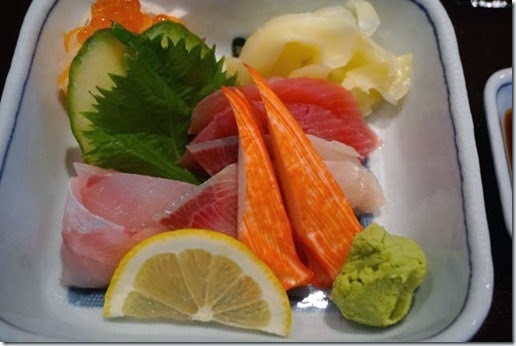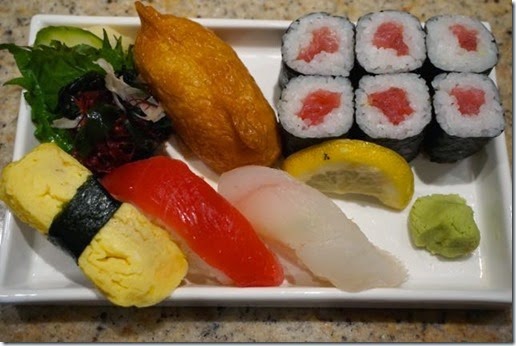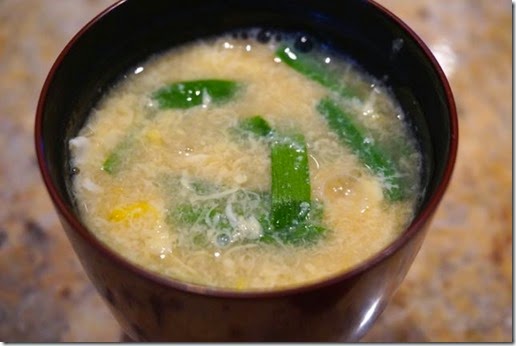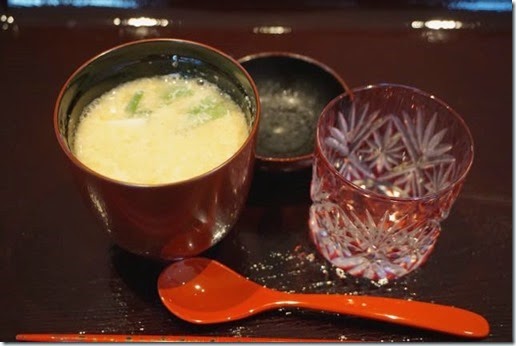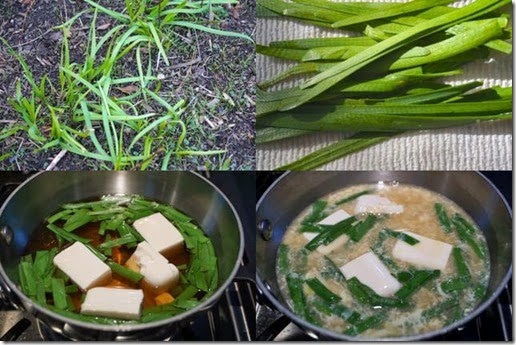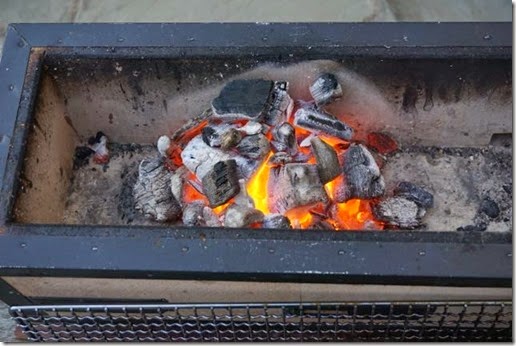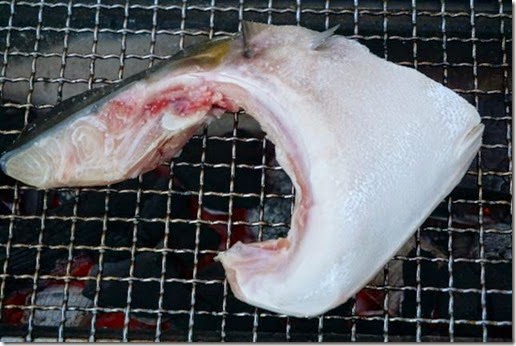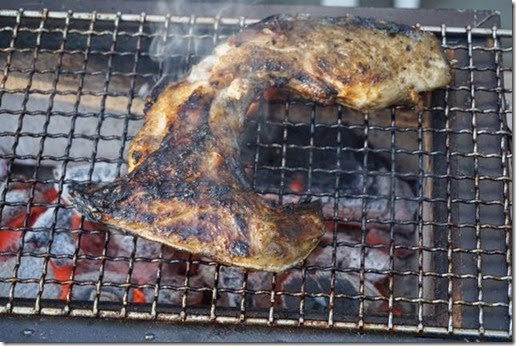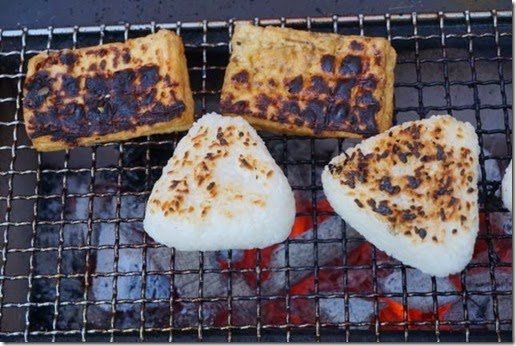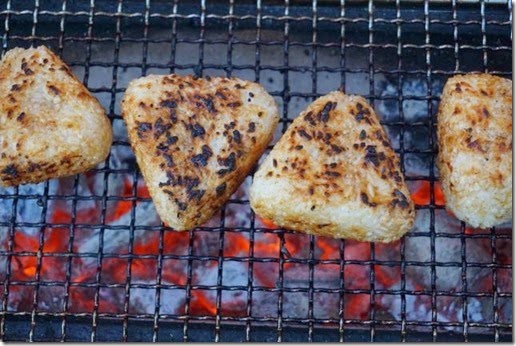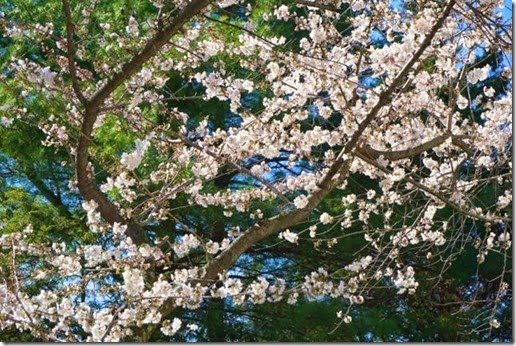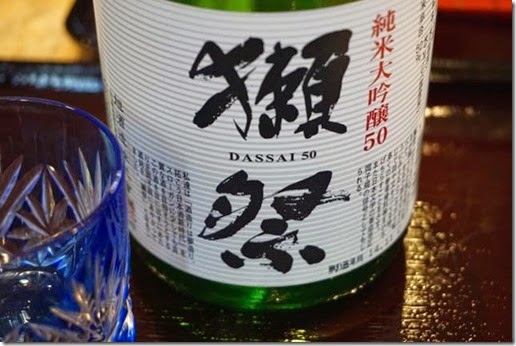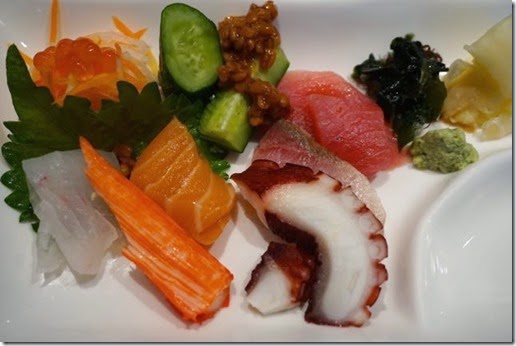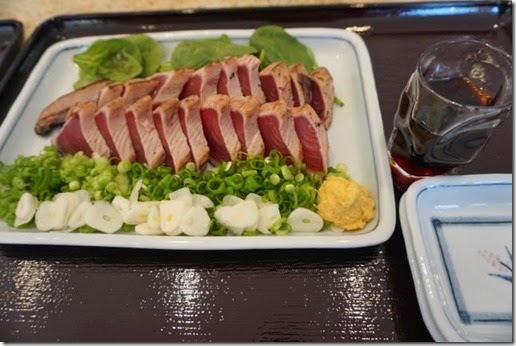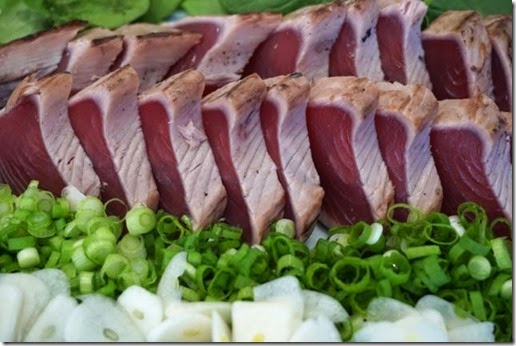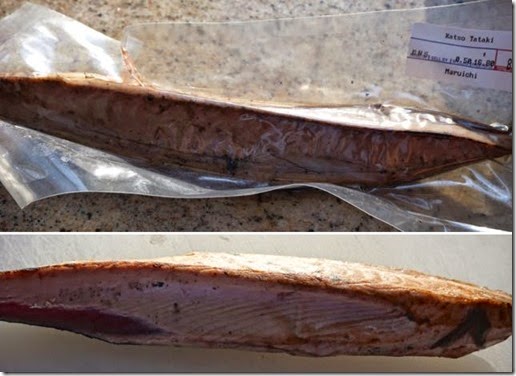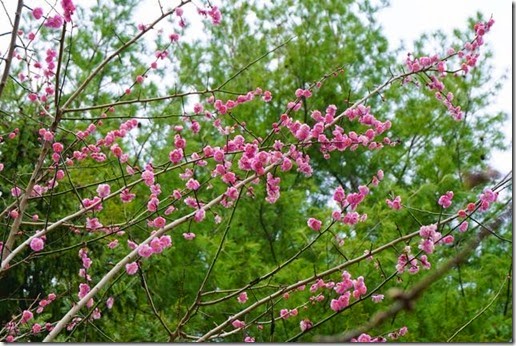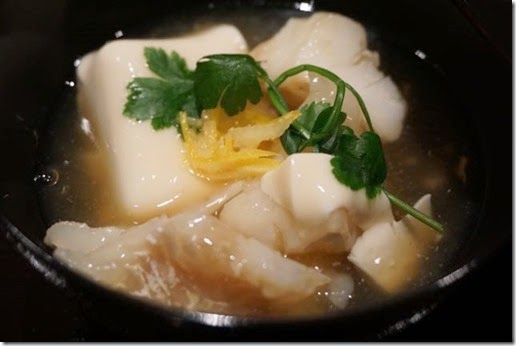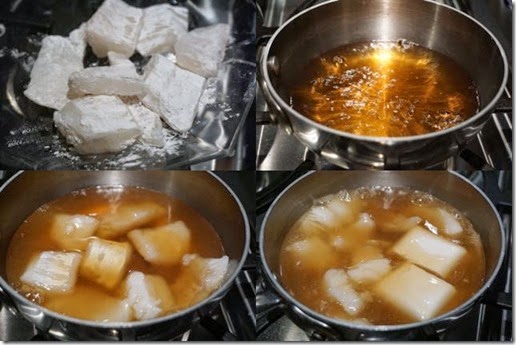
The presentation above leave something to be desired but once you open the egg-shaped glass container. The color of bright yellow, green and red are indeed colors of spring.
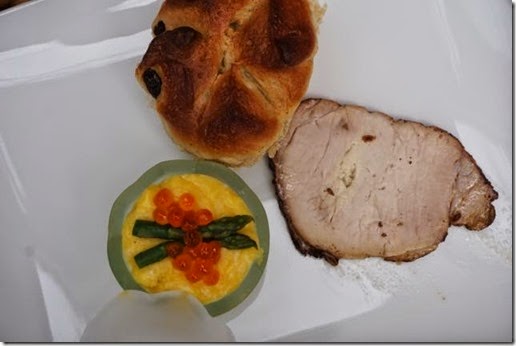
This is slight modification of creamy scrambled eggs which was reportedly served to Queen of England a few years ago when she visited Virginia (we are not sure if she tasted it but this dish was created by Patrick O'Connor of Inn at little Washington). He did not add salmon roe just asparagus tips.
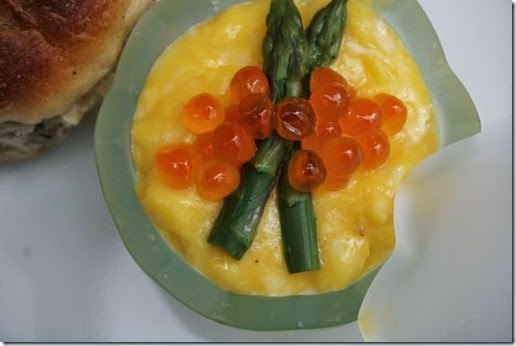
Creamy scrambled eggs:
Pasteurized shell eggs: I used home-pasteurized egg using my Sous vide machine. I am not going to cook eggs completely, using pasteurized eggs are safest. Since we god three pasteurized eggs in the refrigerator, I used all three for two servings.
Heavy cream: 2 tsp
Salt and white pepper. to taste.
Butter: 1 tsp
I beat the eggs with the heavy cream, seasoned with salt and white pepper. Although I could have just used a non-stick pan, I decided to use a double boiler. I set the lower pan on low simmer and melted the butter in the upper pan. I then added the egg mixture and started stirring/scraping using a narrow silicon spatula until the eggs were creamy but not over cooked (3-4 minutes). I tasted and added a few more grain of salt. I placed the scrambled egg in the egg shaped Japanese glass container, garnished with blanched green asparagus spear and salmon roe.
This was very creamy and the salmon roe added an additional saltiness. Perfect for a warm Easter Sunday repast.

